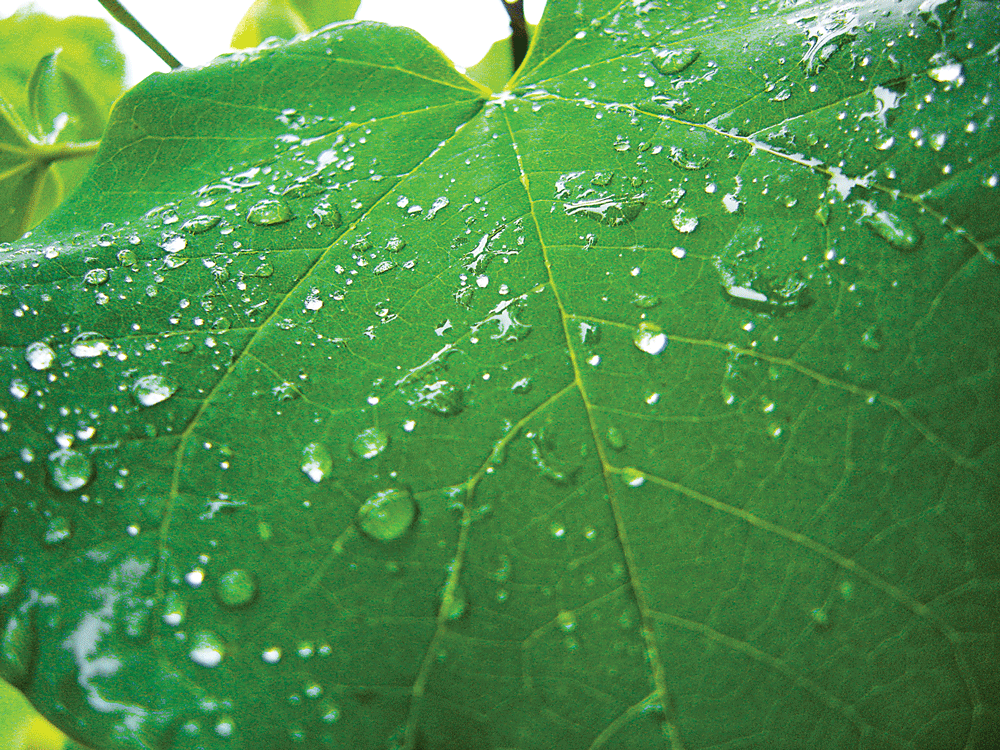Food and Water
Above all else, food and water surpass any and all needs in a survival situation lasting longer than three or four days. Your body cannot live without water, especially in a hot desert or an arid arctic environment. Place a great deal of importance on finding water first. If you locate a water source food will likely be close.
> If you need to eat, focus on small game. Small game is more prevalent than large game in a woodland and urban situation. You can process and cook smaller amounts of food sources faster and there is no need to carry the extra weight of leftovers or waste.
— JAMIE L BURLEIGH, ONEFOOTINTOTHEWILD.COM
> When one packs a survival kit make sure to either pack enough water or supplies that will get you through comfortably for at least 72 hours. Law enforcement and search and rescue teams will not even start looking for someone until then.
— JAMIE L BURLEIGH, ONEFOOTINTOTHEWILD.COM
> When choosing a wilderness water bottle, choose stainless. A stainless steel water bottle will be an effective and reliable container to boil otherwise unclean water, making it safe to drink.
— CLINT JIVOIN, WILLOW HAVEN OUTDOOR
> In a survival scenario, you must measure the risk versus the reward of every task. This becomes especially true with calories. Don’t expend calories and time going on a long distance hunt that may prove unsuccessful knowing you have plenty of easy to obtain food sources close to camp.
— CLINT JIVOIN, WILLOW HAVEN OUTDOOR
> When using water filters in freezing temperatures it is crucial the filtering element itself does not freeze as this could render the filter ineffective. Store your filter in an inside coat pocket where your body heat will prevent it from freezing.
— CLINT JIVOIN, WILLOW HAVEN OUTDOOR
> Live food never spoils. When possible keep game animals alive by using live traps and placing fish on a makeshift stringer. This is especially important in warmer seasons.
— CLINT JIVOIN, WILLOW HAVEN OUTDOOR
> When you’re thirsty and limited water is available, rinse your mouth for 30 seconds before swallowing. Most of your “thirst” comes from a dry mouth.
— CLIVE JOHNSON, SURVIVAL TIPS: 150 WAYS TO SURVIVE EMERGENCY SITUATIONS
> Make rainwater drinkable by adding eight drops of bleach per gallon.
— KEITH BRADFORD, LIFE HACKS
> Rice with beans is the ultimate survival food. Beans are loaded with antioxidants, fiber, and minerals. When combined with rice, beans provide an excellent high-quality protein source.
— RICHARD DUARTE, SURVIVING AN URBAN DISASTER
> Drizzle a few teaspoons of olive, corn, canola, or vegetable oil on your survival meals as a calorie booster. These oils provide about 40 to 50 calories per teaspoon.
— RICHARD DUARTE, SURVIVING AN URBAN DISASTER
> Coconut water naturally contains essential electrolytes and more potassium than a banana. It’s a natural way to stay hydrated and replenish lost electrolytes.
— RICHARD DUARTE, SURVIVING AN URBAN DISASTER

> Birds that feed on grain, such as pigeons and finches, frequently fly toward water at dawn and dusk in a direct, low flight path.
— GREG DAVENPORT, SURVIVING COLD WEATHER

> Water doesn’t need to be boiled to be safe. Merely heating the water to 150 degrees F for 20 minutes pasteurizes the water, making is safe to drink. Pasteurization kills all human disease pathogens.
— JOEY GREEN, LAST-MINUTE SURVIVAL SECRETS
> Make a transpiration still by covering a large bunch of leafy branches of a tree with a clear plastic trash bag. Place as small stone so there is a space at the bottom of the bag. Seal the bag tightly and it will average one to two cups of water in a day.
— JOEY GREEN, LAST-MINUTE SURVIVAL SECRETS
> Remember that in the desert, water may be underground. Find a dry lake or riverbed at its lowest point and dig. If you start finding wet sand, stop digging and allow the water to seep in.
— CLIVE JOHNSON, SURVIVAL TIPS: 150 WAYS TO SURVIVE EMERGENCY SITUATIONS
Editors Note: A version of this article first appeared in the May 2015 print issue of American Survival Guide.


